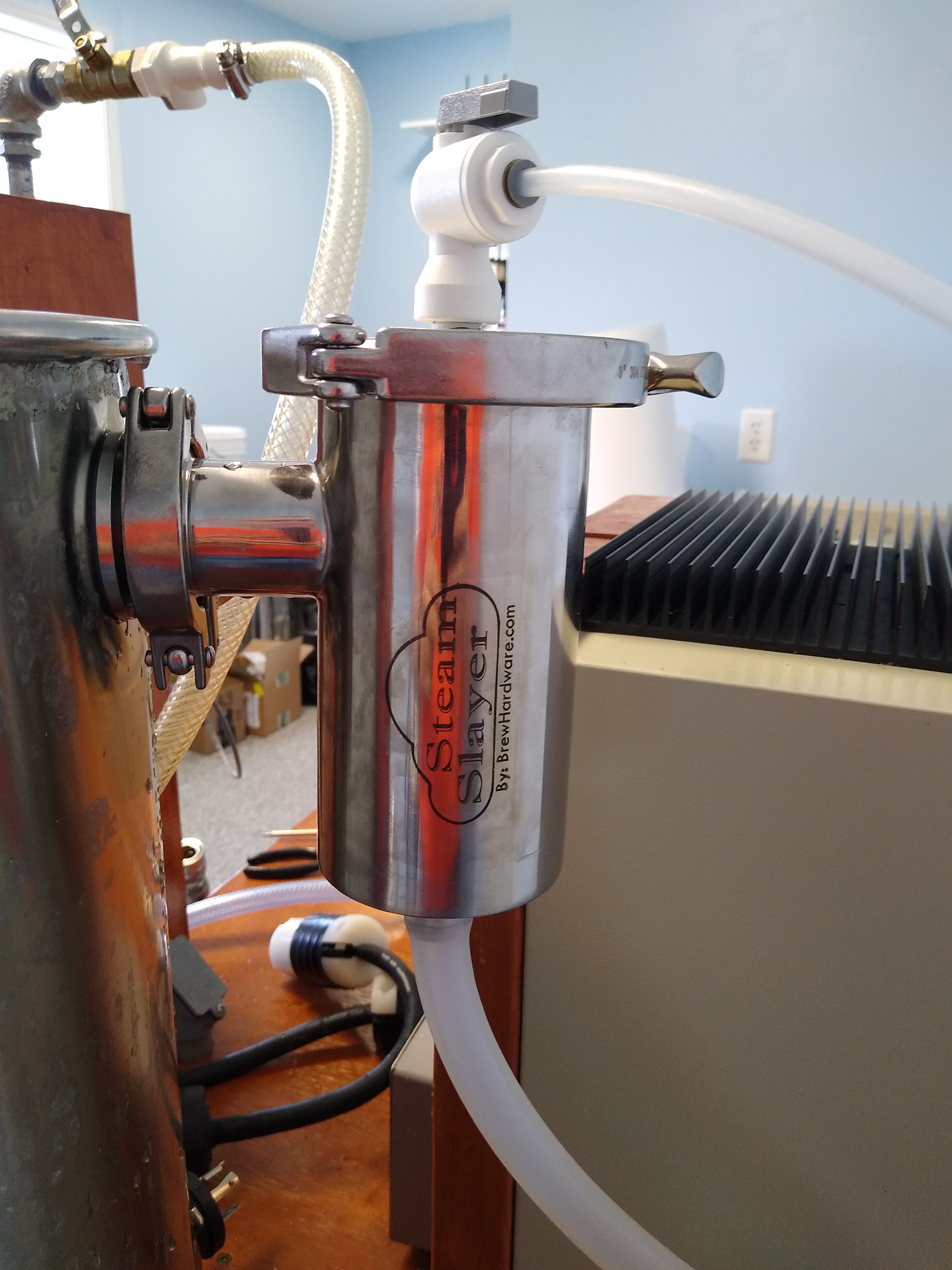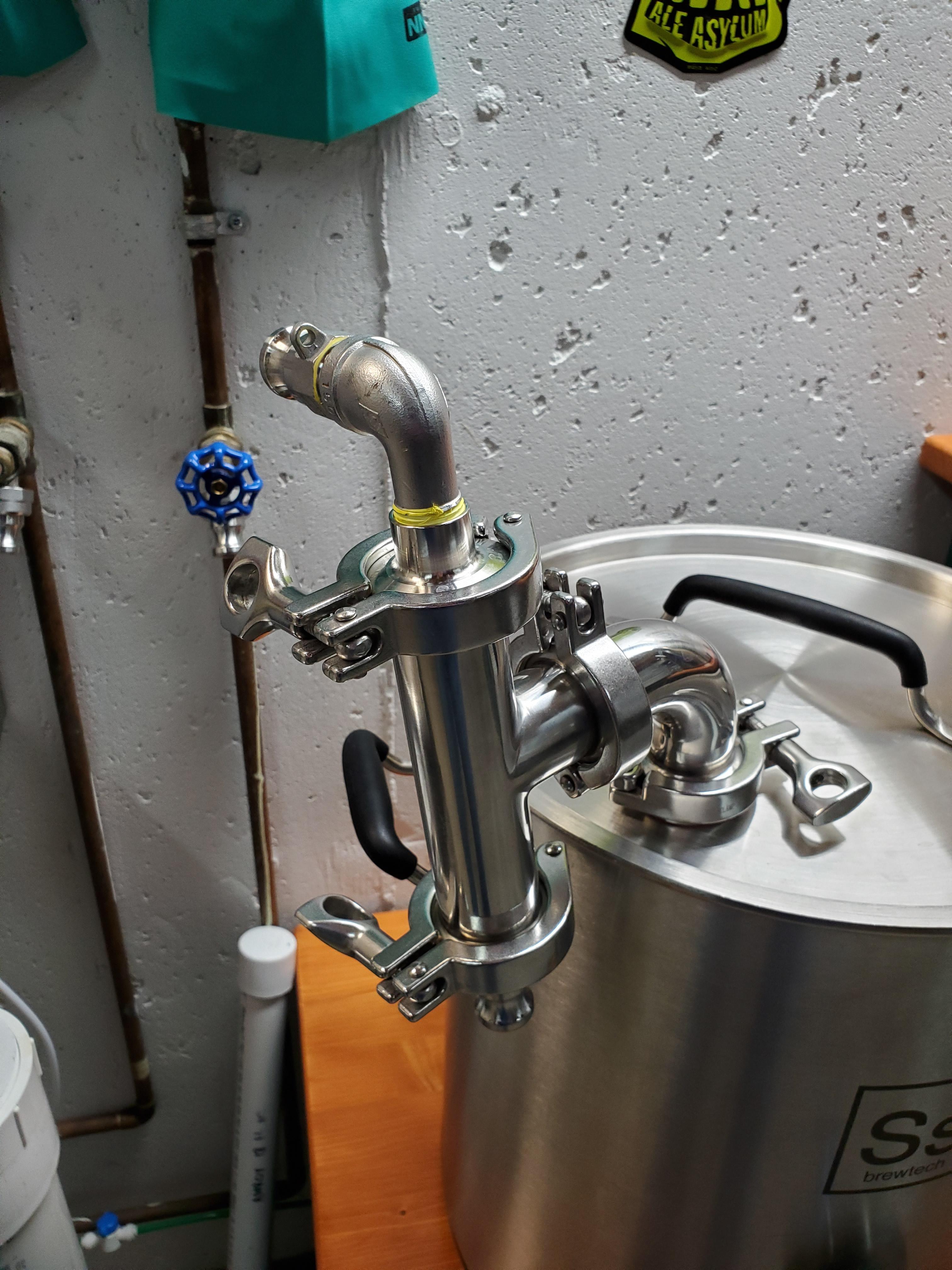Condensate will not have any wort (or extract/sugar.) Only water and volatile compounds from the wort, DMS being one of the major contaminants in the condensate. If the condensate outlet temp is more than about 100°F, then most of the DMS will escape to the air at the condenser outlet (and it smells bad.)Ordered. Thanks for risking, hopefully the virus isn't hanging out on a piece of stainless. Do you think the condensate will have wort in it? I was thinking of pumping the condensate back into my MLT. Grant
Brew on



 The normal flu virus will live on a hard, non-porous surface longer than anywhere else, but it is still no more than 24 hours. The Corona virus can be viable up to 9 days later at normal temps and up to 28 days later under 39F. Break out your iodopher.
The normal flu virus will live on a hard, non-porous surface longer than anywhere else, but it is still no more than 24 hours. The Corona virus can be viable up to 9 days later at normal temps and up to 28 days later under 39F. Break out your iodopher.
























![Craft A Brew - Safale BE-256 Yeast - Fermentis - Belgian Ale Dry Yeast - For Belgian & Strong Ales - Ingredients for Home Brewing - Beer Making Supplies - [3 Pack]](https://m.media-amazon.com/images/I/51bcKEwQmWL._SL500_.jpg)


































